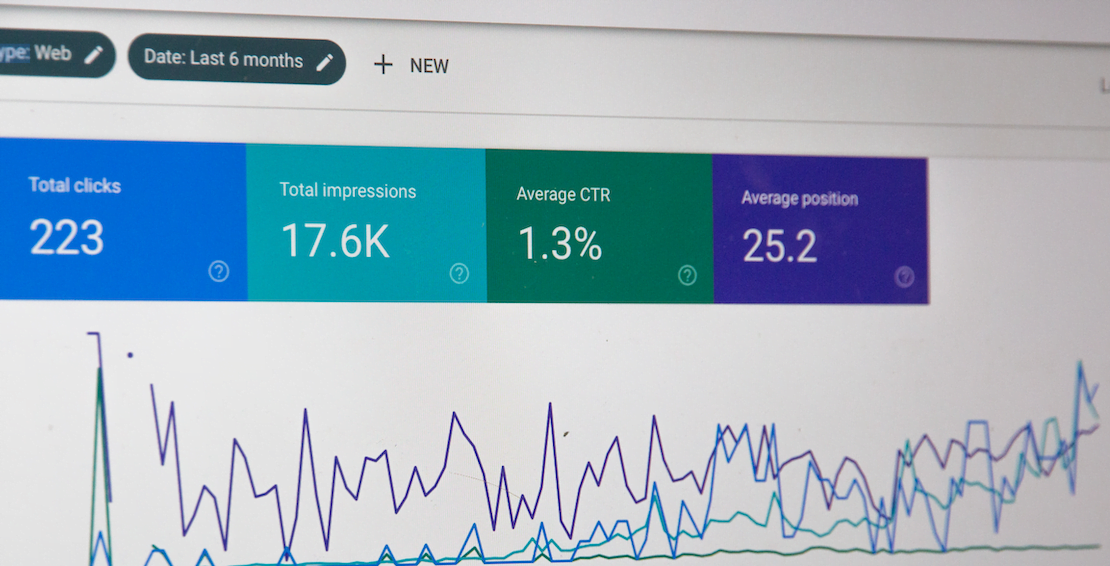As a digital marketer, you know that one of the key metrics to measure the success of your campaigns is click-through rate (CTR). It tells you how many people saw your ad or email and actually clicked on it to follow through with an action. But do you know how to calculate CTR accurately? And what exactly constitutes a good CTR? Fear not! In this comprehensive guide, we’ll walk you through everything you need to know about calculating CTR and provide tips for improving it. So get ready to boost your conversion rates and take your marketing game up a notch!
What is CTR?
CTR stands for Click-Through Rate, which is a metric used to track the effectiveness of digital marketing campaigns. It measures the number of clicks on an ad or link divided by the total number of impressions it generated.
In simpler terms, CTR tells you how many people who saw your ad actually clicked on it. This helps you understand how well your ads are performing and whether they’re resonating with your target audience.
For example, if 1000 people viewed your ad and 50 clicked on it, then your CTR would be 5%. The higher the CTR, the more successful your campaign is in getting users to take action.
CTR can be calculated for various types of digital marketing channels such as social media ads, search engine results pages (SERPs), email newsletters and display advertising. It’s an important KPI to monitor because a low CTR may indicate that users aren’t finding value in your content or offers.
How to Calculate CTR
Calculating your click-through rate (CTR) is a fundamental aspect of assessing the effectiveness of your digital marketing campaigns. CTR measures the percentage of clicks you receive on an ad or link compared to its number of impressions or views.
To calculate CTR, you need to divide the total number of clicks by the number of impressions and then multiply that quotient by 100. For example, if your ad had 5000 impressions and received 250 clicks, your CTR would be 5% [(250/5000) x 100].
It’s essential to note that measuring CTR accurately requires tracking each impression and click from various sources such as Google Analytics. Furthermore, calculating separate CTRs for different ads in different locations can help pinpoint areas where improvements are needed.
Understanding how to calculate your click-through rate is critical for optimizing digital marketing efforts since it serves as a reliable indicator for determining which strategies work best and which ones require improvement.
What is a Good CTR?
One common question among digital marketers is what constitutes a good click-through rate (CTR). The truth is, there’s no universal answer to this question as CTRs vary depending on the industry, channel, ad format, and other variables.
For example, Google Ads’ average CTR across all industries is around 3%, while Facebook’s average CTR for ads in the newsfeed format ranges from 0.9% to 1.33%. Email marketing campaigns tend to have higher CTRs compared to display advertising or social media ads.
To determine what a good CTR looks like for your specific campaign or channel, you need to consider factors such as your target audience and their behavior patterns. It’s also important to compare your performance against relevant benchmarks within your industry.
Ultimately, aiming for an above-average click-through rate should always be the goal of any digital marketer. However, it’s equally important not to get too fixated on achieving a high number at the expense of other key metrics such as conversion rates and return on investment (ROI).
How to Improve Your CTR
Improving your click-through rate (CTR) is crucial to the success of any digital marketing campaign. Here are some effective ways to improve your CTR.
Firstly, create compelling headlines that capture the attention of your audience. Your headline should clearly communicate what your content is about and why it’s relevant to your target audience. Use emotional triggers such as curiosity or urgency in your headline to encourage clicks.
Secondly, use high-quality visuals such as images or videos that are relevant to the content you’re promoting. Visuals can help break up text-heavy pages and make them more appealing to users.
Thirdly, ensure that your call-to-action (CTA) buttons are clear and visible on all devices. Your CTA should be concise and tell users exactly what they need to do next whether it’s “Sign up now” or “Learn more”.
Consider using ad extensions that allow you to add additional information like contact information or links directly into the ad unit itself.
By following these tips, you can increase user engagement with your ads resulting in a higher CTR which ultimately leads to better conversions for your business.
Conclusion
Click-through rate (CTR) is a crucial metric for digital marketers as it measures the effectiveness of their online campaigns. It helps in determining how many users clicked on an ad or link relative to the number of impressions it received. A higher CTR indicates that your advertisements or links are relevant and engaging.
Calculating CTR is simple once you have all the necessary data from your campaign analysis. Remember that a good CTR varies depending on the industry and type of campaign you’re running, but a healthy benchmark can be between 2% to 5%.
To improve your CTR, always focus on creating compelling ad copies with clear calls-to-action (CTAs), optimizing landing pages, performing regular tests and experiments, targeting the right audience and using relevant keywords.
By following these best practices for calculating click-through rate (CTR), you’ll not only measure how effective your marketing strategy is but also enhance it over time by making informed decisions based on reliable data. You can involve yourself with SEO Professionals.



